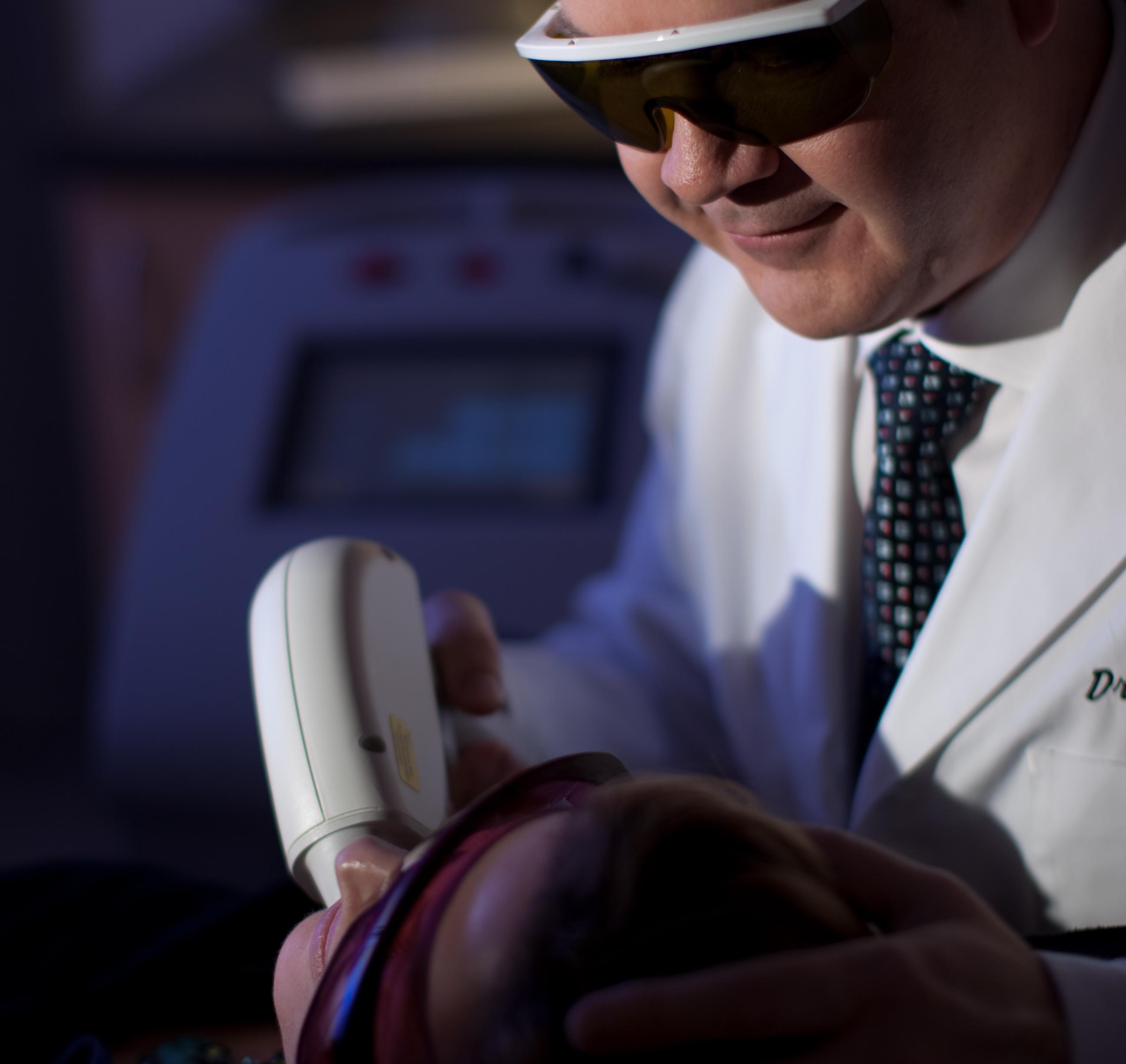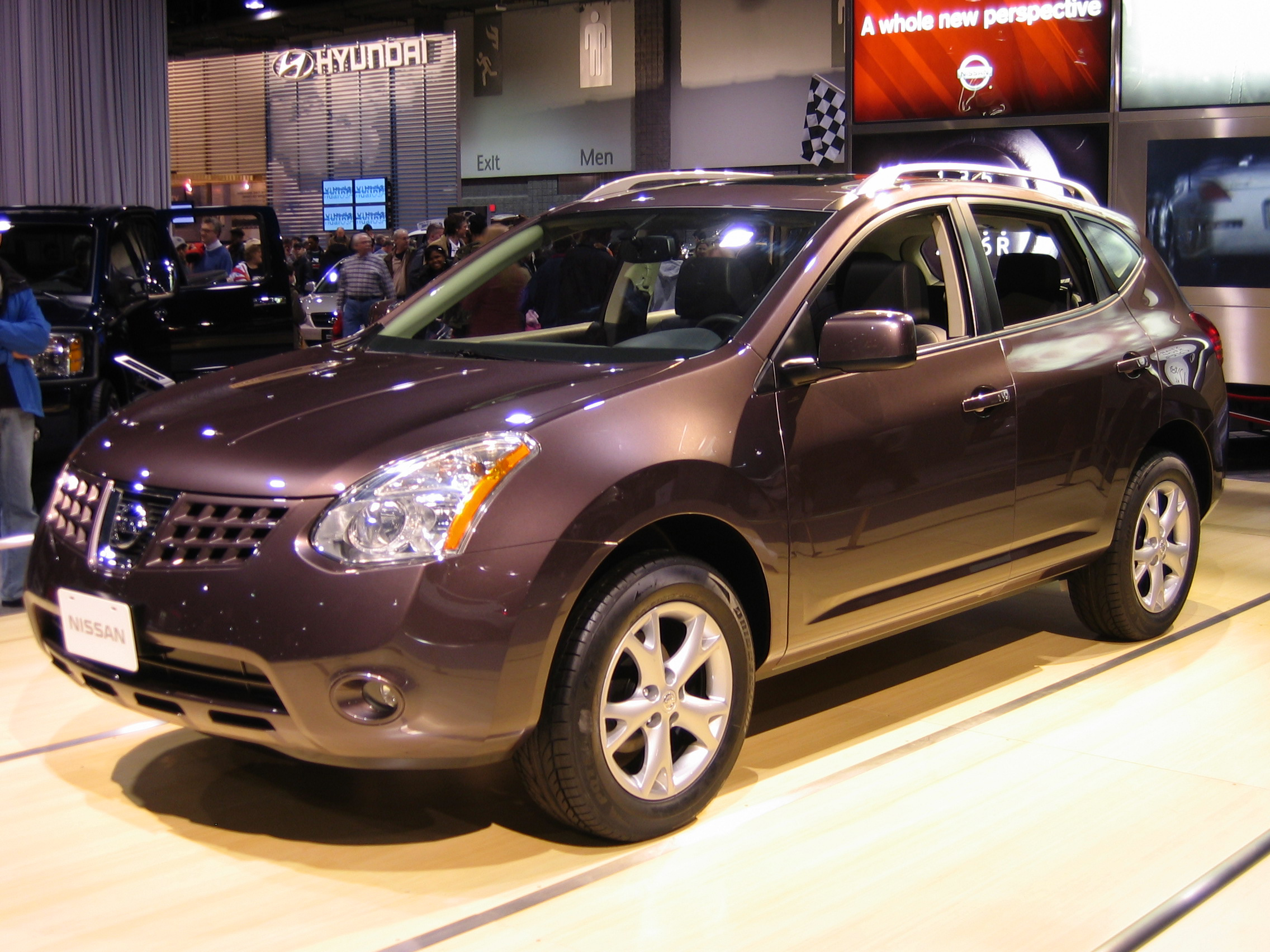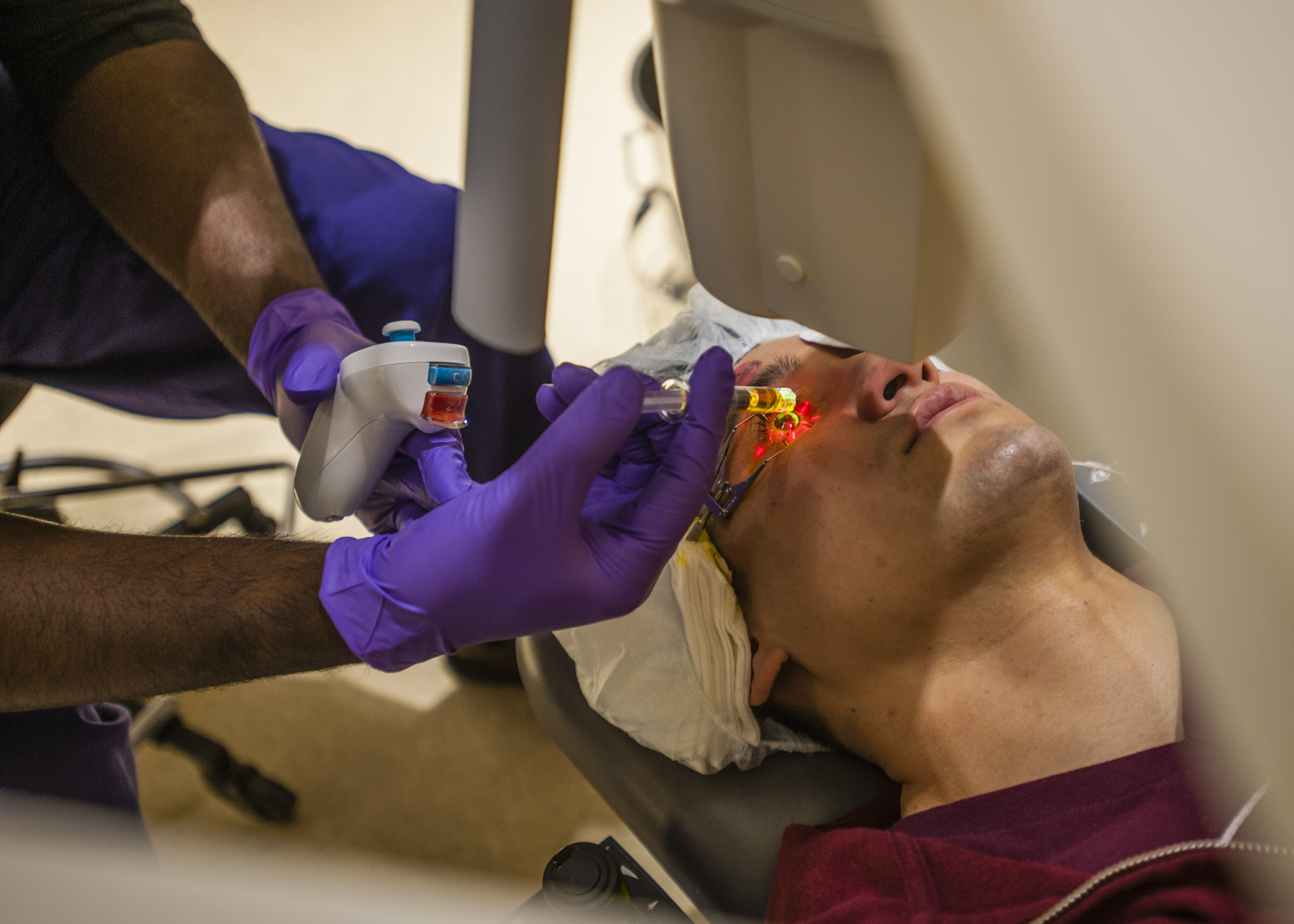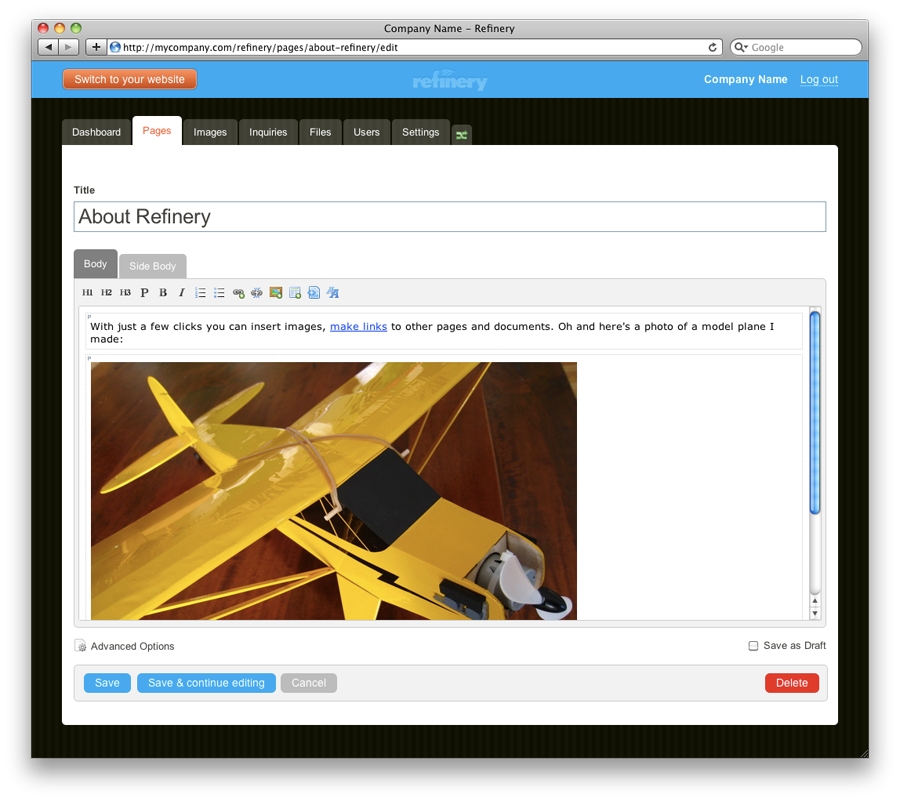Virtual Reality Products That Will Blow Your Mind
Not only is the interest in virtual reality products growing at a rapid pace, so is production. There have been many new developments in recent years, and more are on the horizon. Prices ranges vary based on size, features, and capability and there are models for all needs. From tethered connections connected to a PC to lightweight, wireless solutions that offer ‘grab and go’ units, gaming enthusiasts are picking them up in droves. Here is a taste of some high-tech devices and what they are capable of accomplishing in the world of virtual reality.
Fove VR
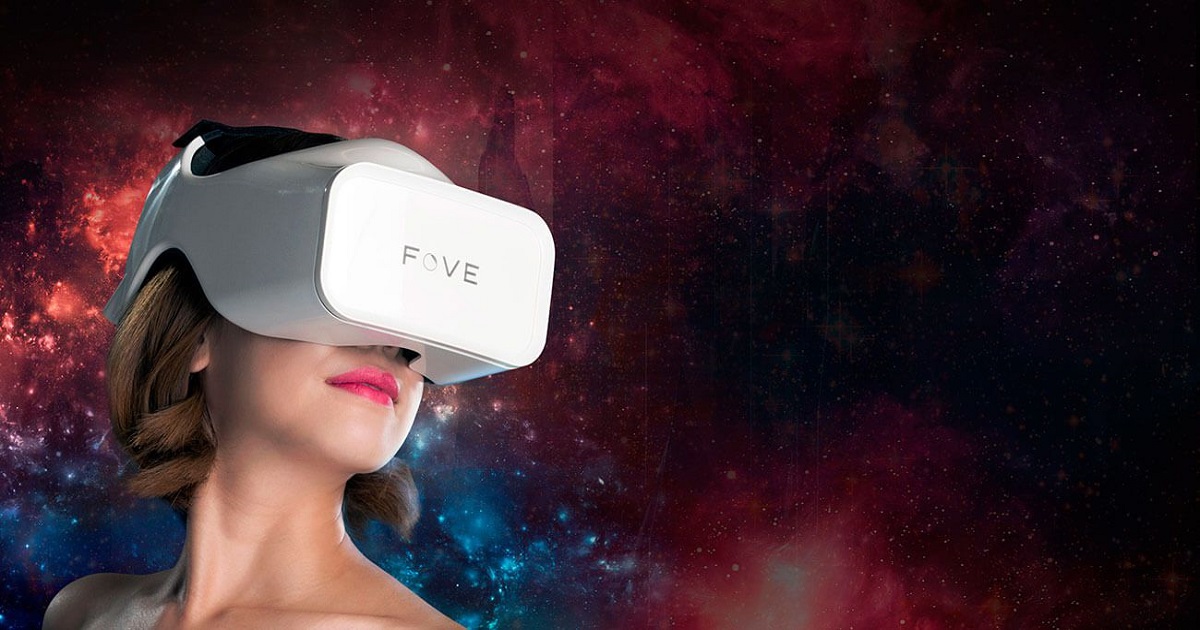
The Fove VR provides a more personal approach to the virtual reality experience. This headset uses an infrared sensor that tracks the user’s eye activity. The manufacturer introduced this means of control to the unit to provide more realism to the experience. The device follows the user’s eye movement to offer a 3-D, 100+ degree line-of-view on a 5.7-inch display screen. The latest model has been redesigned as a smaller, lighter unit for comfort and portability.
Microsoft HoloLens
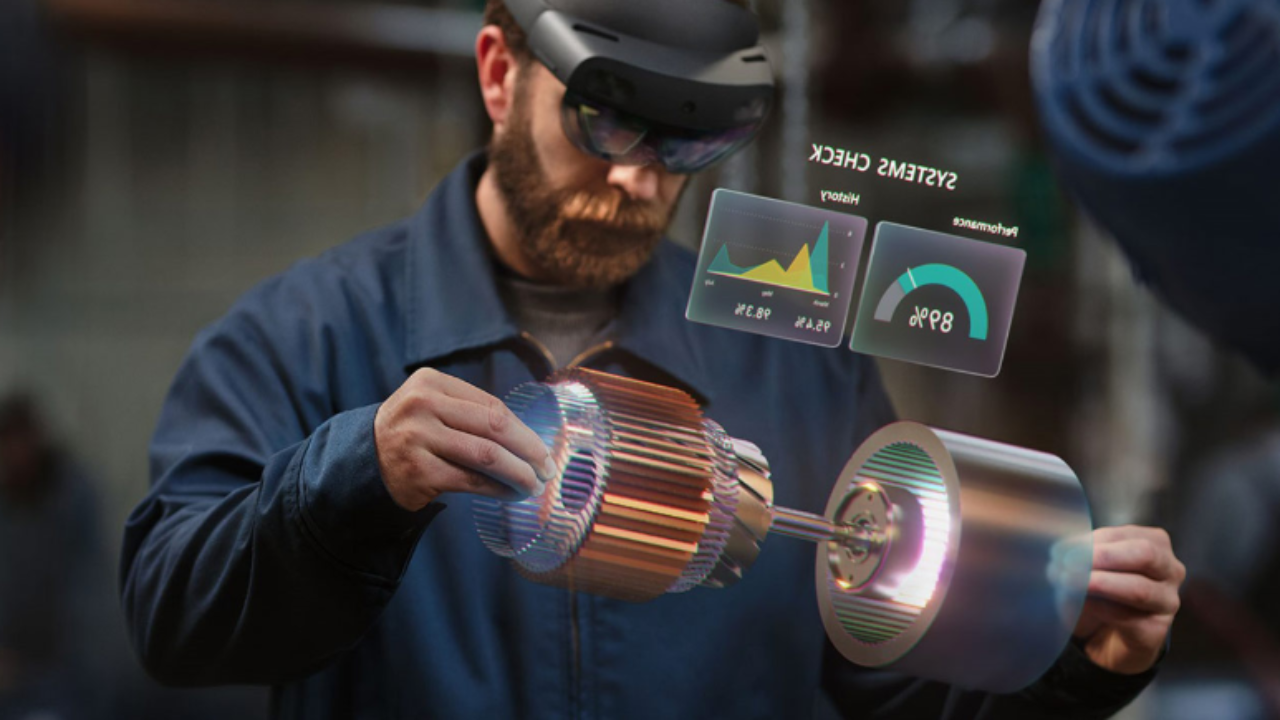
Although more of an augmented than virtual reality device, the HoloLens is worth mentioning in the same category. Launched by Microsoft, the HoloLens has innovative applications to superimpose computer-generated images onto real-life objects. The technology allows the user to interact with these digital images in real time and space. It will even acknowledge voice prompts. The hands-free device does not require the use of cables, operates on battery and has a built-in Windows 10 operating system.
LG 360 VR

The sleek design of the LG 360 VR makes it a little more unique than other VR devices on the market. It is worn similar to a pair of glasses and is tethered to its compatible phone, the LG G5. Fans of the unit appreciate the wearing style since it freed their hands and said they do not feel “strapped into the thing.” The device is small and lightweight, and the padding on the nose and arm pieces add comfort. The visual displays can also be adjusted for an even better custom fit. The audio is either transferred from headphones or the user’s phone.
OnePlus Loop VR
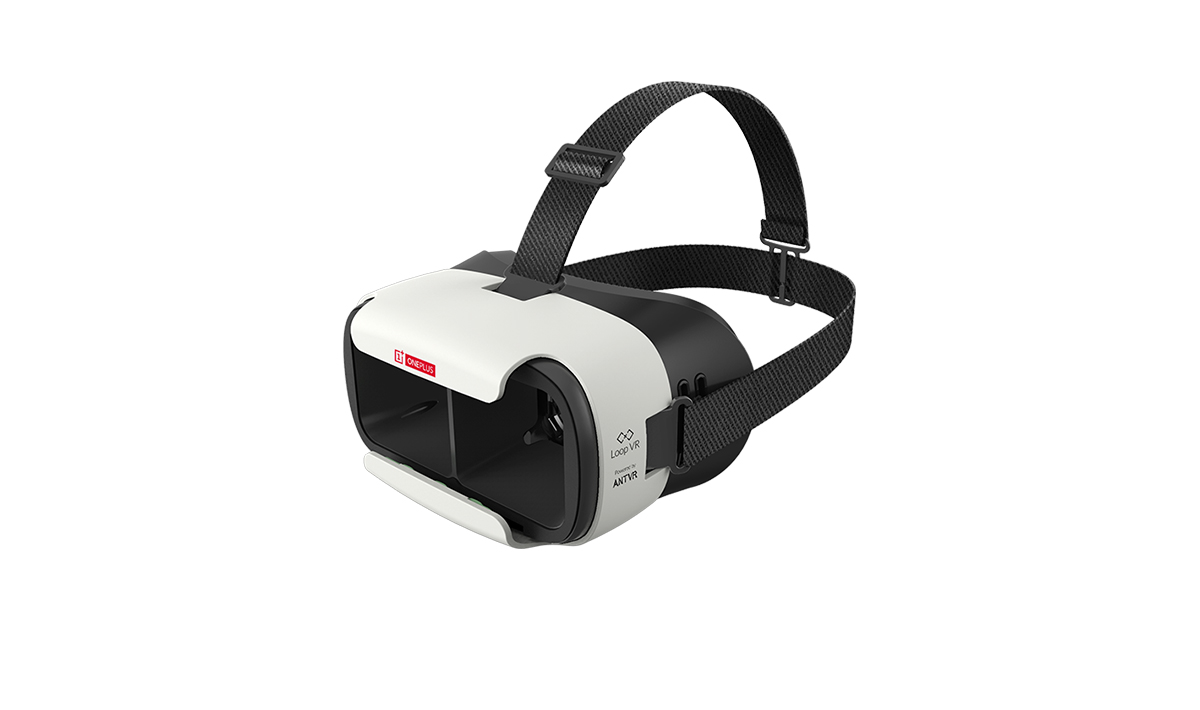
Designed similar to the Gear VR, this Android smartphone-compatible headset has the advantage of being used with “most handsets between five and six inches.” The most distinct difference, however, is the lack of hardware and its essential functions. After attaching a smartphone to the front, users look through orthoscopic lenses to reveal a 100-degree peripheral field and all functions are controlled by the phone itself. OnePlus initially offered its first 30,000 units for free, and they were gone as soon as they hit the shelves.
Google Daydream View

Although limited to compatibility with Google’s Pixel phone, the company claims the Daydream View is the leader in lightweight mobile headsets. Fans say it is one of the best and most affordable mobile VR experiences. The View controller has proven durable, even after being repeatedly dropped. Like many smartphone-enabled devices, users notice a difference between screen sizes. The cloth covered headset is a much more appealing and comfortable design than Google’s Cardboard predecessor and is easily adjustable with one band.
Sulon Q
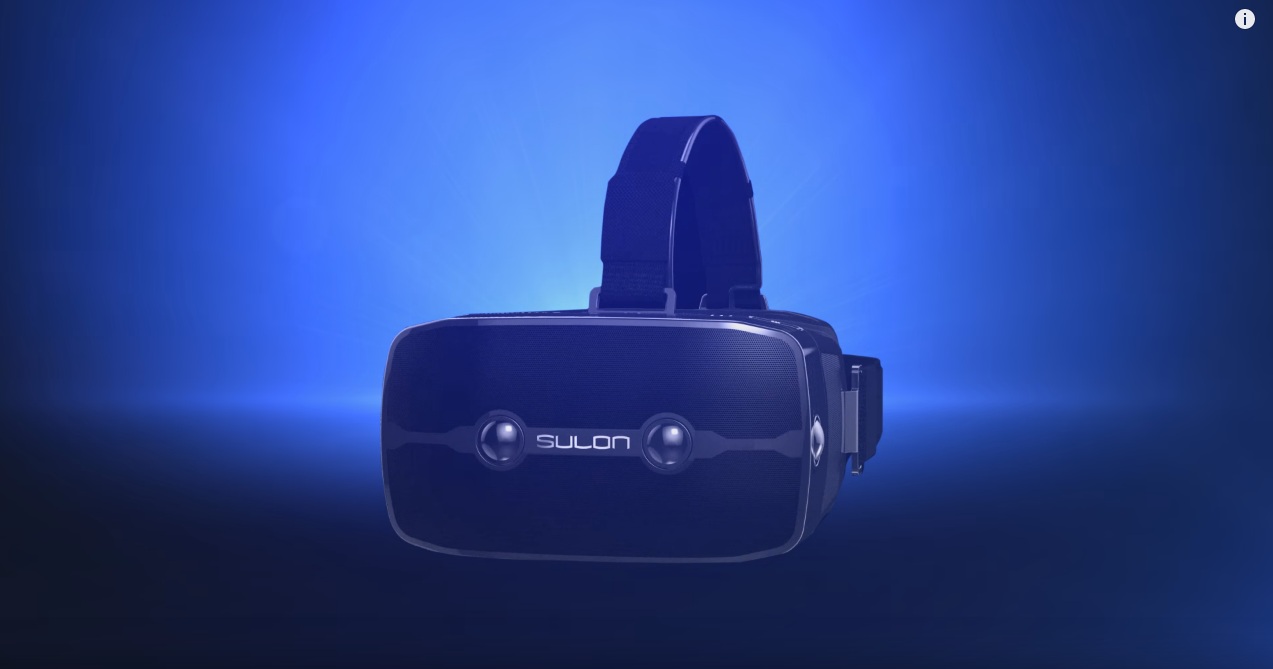
This wireless VR headset is an up and comer among Windows 10 PC users. It comes equipped with a built-in processor, providing comparable quality and graphics display as its wired competitors. Users are not restricted to location and can bring the unit everywhere they go, as it is a lightweight, all-in-one package. The other notable advantage is its additional use for augmented reality applications. Lenses on the front make it compatible with devices such as the HoloLens.
Samsung Gear VR

Upgraded from the previous model, the latest Samsung Gear VR is similar in design with a little more interior space. The major improvement with the roominess is the preventative measures designers took to eliminate fog forming on the lens by adding vents. Used with Samsung smartphones, the display varies among models and size of the screen. Regardless, it provides high-resolution displays on all devices and provides a true VR experience without the need for a large gaming console or PC.
Sony PlayStation VR

As the name implies, this headset uses Sony’s gaming console rather than a PC connection. It gives gamers a quality experience at a more affordable price. Although it is not wireless and its technology does not meet the same expectations as some of its pricier competitors, it is easy to set up. A simple cable connects the Processor Unit to the PS4, so it does not require users to take up more space than the distance from the device to the television. The headset comes with an adjustable dial for correct fit.
HTC Vive
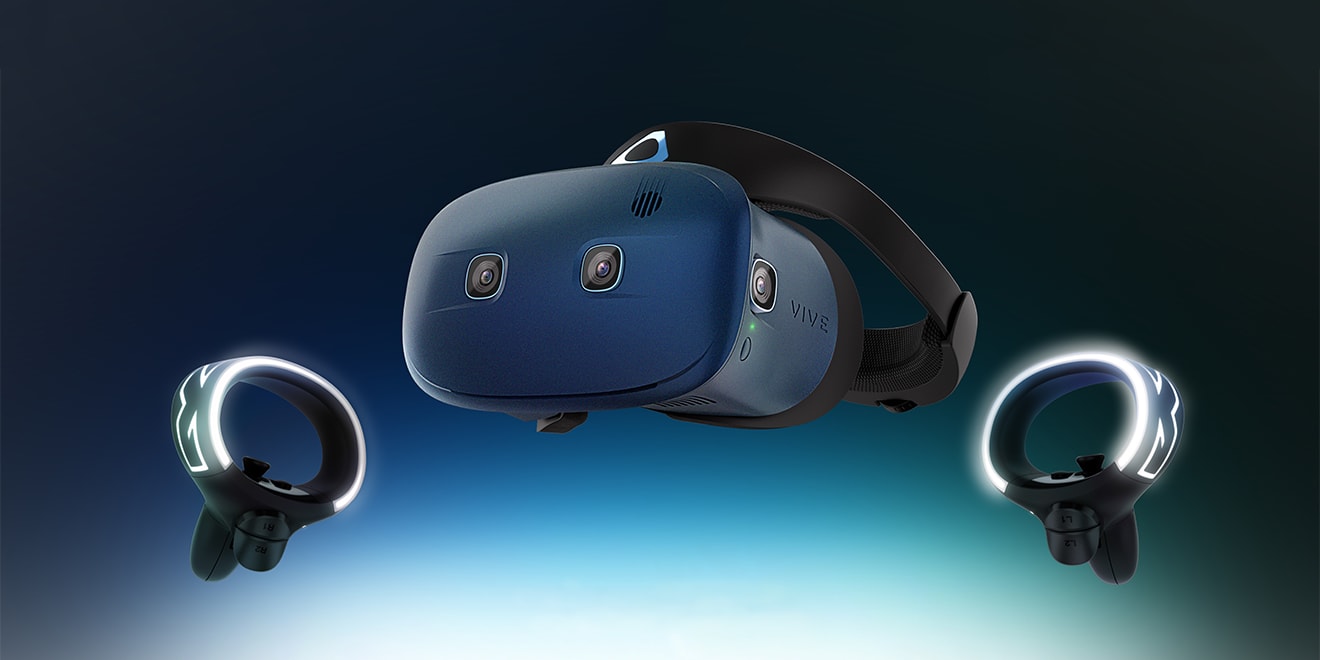
While some headsets can only be used as a stationary device, the HTC Vive allows users to move around the room. This requires a larger play space and a PC, but it has the “unique possibility of tracking full body motion through a real-world space.” The sensors are placed on walls to detect the gamer’s movement and location. Other sensors in the headset itself provide high-resolution 3-D visuals. The headphones, though, are worn separately. The only caveat from fans is the complicated set-up, citing error messages, system crashes and sensitivity of wall sensor locations.
Oculus Rift

Fans of the lightweight Oculus Rift say it is one of the most exciting virtual reality products on the market. The complete headset comesequipped with numerous sensors, including ones for audio and visual functions. Initially undertaken as a Kickstarter campaign, it was sought after by social media mogul, Facebook. It brings users into an interactive gaming experience with high-resolution graphics, a camera and currently, an Xbox One controller, soon to be replaced by the Oculus Touch, motion controller.




